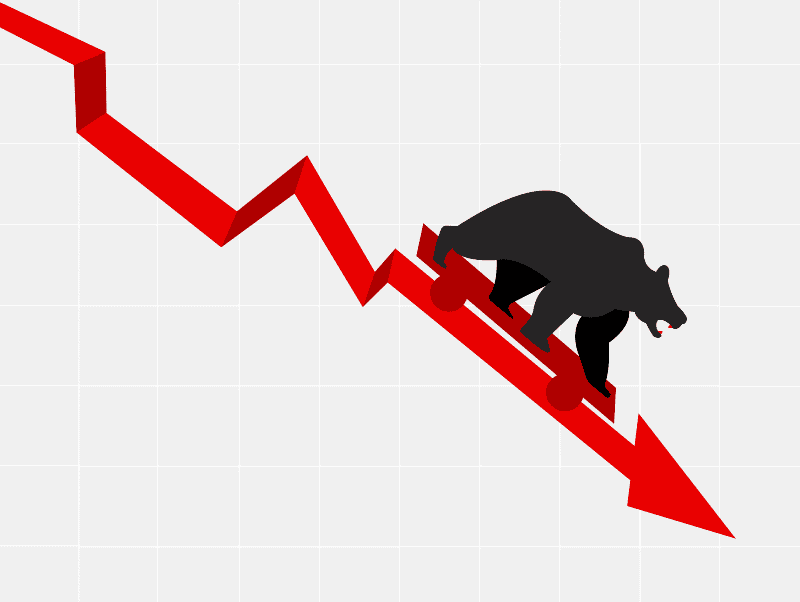Last night saw the publication of some of the most important Q2-related quarterlies of this data wave, namely Google, Microsoft, and Visa.
Google’s Q2 was not as rosy as Tesla’s

Following Tesla’s Q2 data that had exceeded expectations, the quarterly reports of three very important companies for the S&P 500 and Nasdaq came out on the night of the 26th, namely Google, Microsoft, and Visa, which together account for 11% of the Standard & Poor’s.
Google’s (GOOGL) data came in below expectations and caught the attention of analysts despite the fact that the data itself is still positive.
Very difficult and merciless is the comparison on the company’s growth in the same quarter last year, when it boasted a +62%, which was the result of the recent exit from the pandemic and pumped upward.
Aside from the still pending news related to the GDP that will decree whether or not the United States of America will be in a technical recession and those related to the inflation update that will obviously impact the market heavily, Google seems to be holding up relatively well to the uncentered expectations in Q2.
Alphabet, Google’s parent company, shows 13% growth, which, however, falls short of expectations. Meanwhile, cloud and advertising continue to drive the company’s figures which grew by about 40%.
The company reports revenues of $69.69 billion up sharply from the same period in 2021 when it stood at $61.90 billion.
The consensus was placed just below and this caused the market to have a timid negative reaction, as the variance is minimal in any case.
Reasons for the negative quarterly close
As explained by CFO Ruth Porat, the strong dollar over the euro means that the situation is aggravating for companies of this size, especially in the tech sector, which alone contributed to a 3.7% decline in revenues. This was coupled with the simultaneous decline in sales of PCs and various devices, further limiting margins.
Advertising revenue, much of which comes from YouTube and search engine placement, grew only 12% to $7.34 billion versus the $7.52 billion projected by StreetAccount. Same fate for the cloud, which reached $6.28 billion against the $6.41 billion hoped for by analysts’ forecasts.
The advertising revenue problem for Google is also a child of competition that sees the social network TikTok, especially for lower age groups as a major rival, eroding market share.
Despite slightly below-expected data casting a negative shadow over the stock, investors remain bullish.
Market crisis aside, the company maintains and actually strengthens its employment levels which jumped by 21% (174,400 full-time hires compared to 144,056 in Q2 2021) compared to the same period last year, although the CEO, Sundar Pichai, was keen to specify that the company is not immune to market winds and the macroeconomic situation giving the impression that he is putting his hands out a bit for the company’s future.
The CEO then concludes by saying:
“In the future, last year’s excellent revenue trend continues to create difficult compositions that will weigh on year-after-year growth rates in advertising revenue for the rest of the year”.
Source: https://en.cryptonomist.ch/2022/07/27/google-latest-quarterly-report-red/